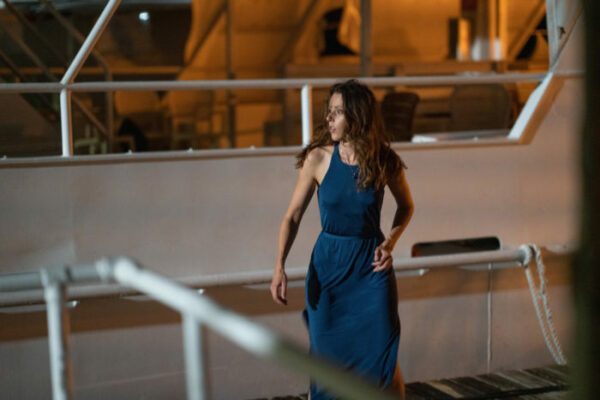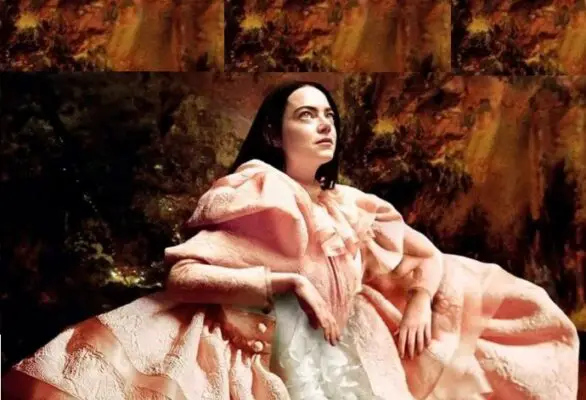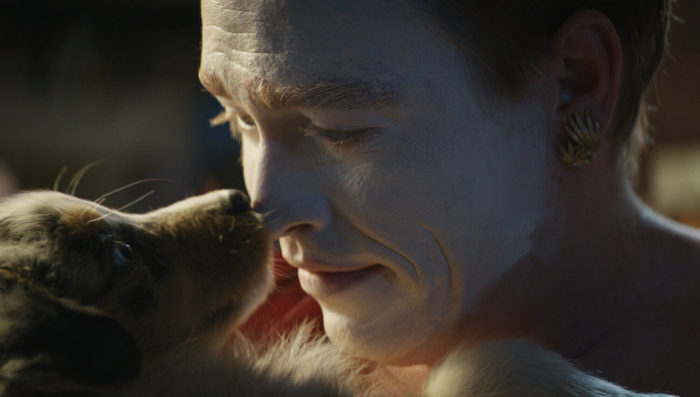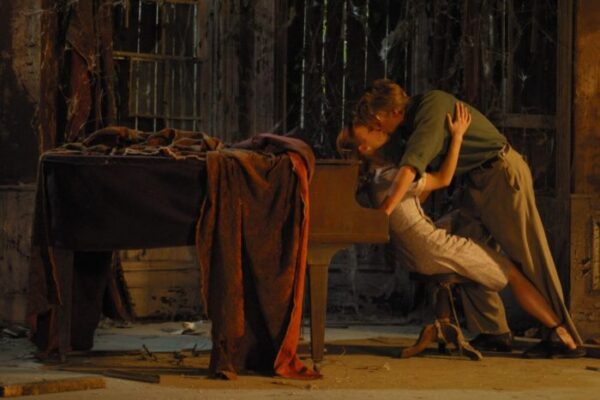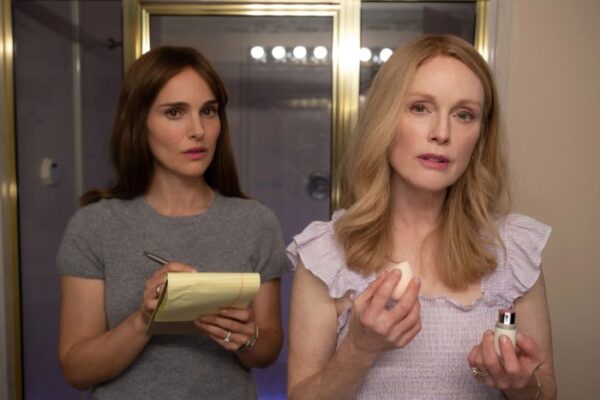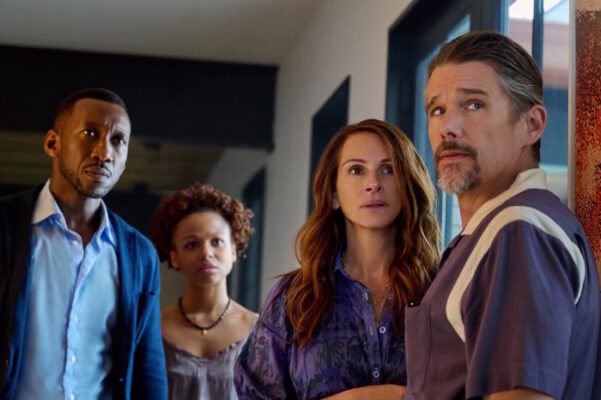3 reasons to love The Sandman (Netflix) and 2 reasons to love itscold. The adaptation of the famous comic book turned out to be heterogeneous and too soft, but still interesting.
Neil Gaiman’s The Sandman was considered unfilmable for many years. Just look at the number of attempts to turn a comic into a movie. It all started back in the nineties when Ted Elliot and Terry Rossio (the Pirates of the Caribbean franchise) came up with a script based on the first two volumes. Gaiman himself approved of it, but everything quickly died out.
Then the project passed into the hands of William Farmer (John Hecks), whose script Gaiman called “the worst in the world” and wrapped up at the start.

Already in 2013, David S. Goyer (The Dark Knight) approached the author with a proposal to direct a film in which Joseph Gordon Levitt would play the lead role and, possibly, act as director himself. Gaiman at that time already said that it’s better that the Sandman will never be removed than a bad adaptation will come out. Things seem to have gone, but again with a creak.
You can talk for a long time about the ordeals of the film adaptation. But two things are really important. The future Logan director James Mangold was the first to suggest making not a film, but a series based on The Sandman.
This is much more logical, because the comic consists of separate issues. Therefore, an unhurried narrative with division into chapters ideally fit into the conventional HBO format. They even tried to involve the creator of Supernatural, Eric Kripke, who is now known from The Boys.
But soon another important event happened. Gaiman’s own books began to be turned into expensive series. Moreover, the filming of “Good Omens” based on the book of the same name, co-authored with Terry Pratchett, was directed by the writer himself.
Therefore, after another suggestion by Goyer, Gaiman invited screenwriter Allan Heinberg (Wonder Woman), and they all went together to Netflix to film The Sandman as close to the original as possible.
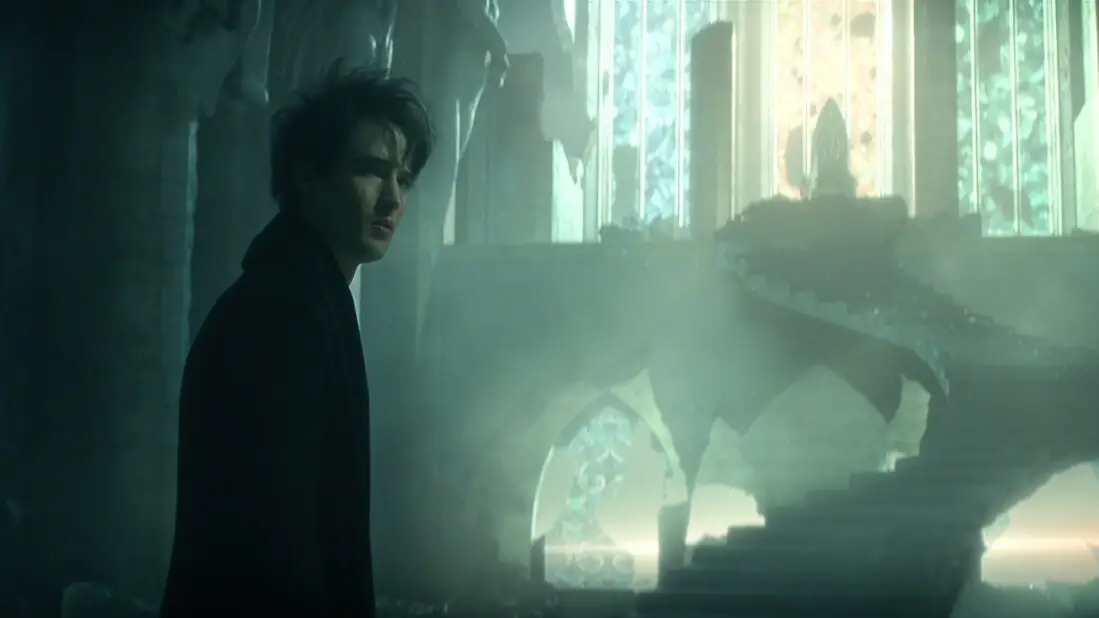
But in the end, the first season leaves mixed feelings. This is a beautiful and atmospheric series, which sometimes marks time because of the desire to live up to the original. At the same time, the authors are too cautious, because of which the plot sometimes loses its brightness.
Pros: True to the original
The magician Roderick Burgess (Charles Dance) tries to capture Death itself with the help of a ritual. But another eternal being falls into his hands – Morpheus (Tom Sturridge), the ruler of the kingdom of sleep. For decades, the magician keeps him imprisoned, then the son of Burgess is watching the prisoner.
But then Morpheus breaks free. In order to regain his strength and rule dreams again, he must find his sandbag, helmet and ruby. And at the same time to get even with those who kidnapped them.
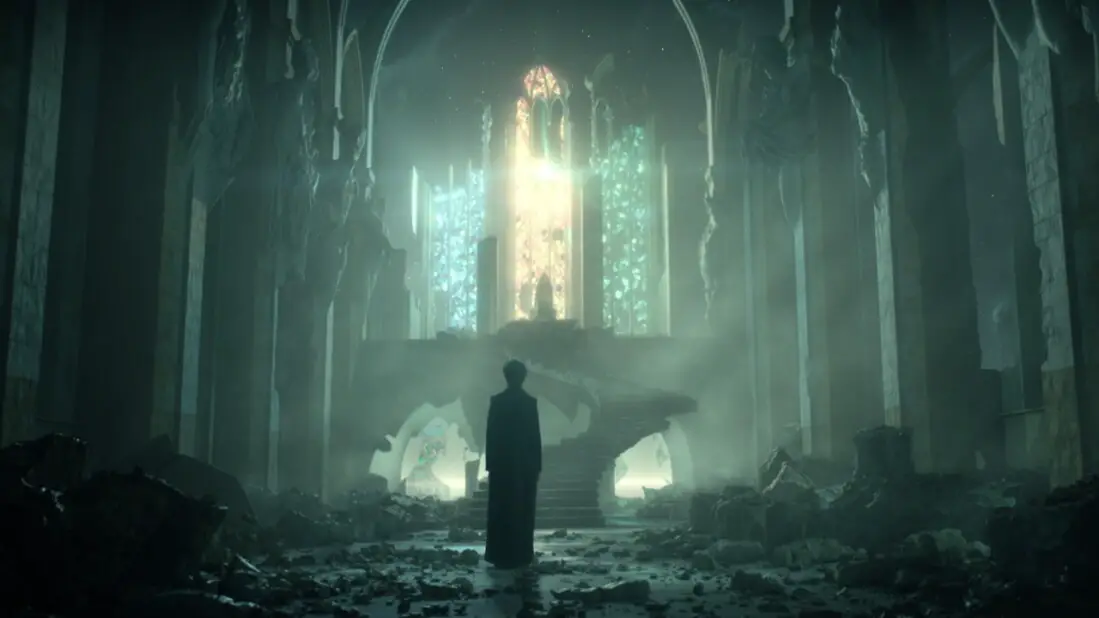
Many serial film adaptations of books or comics are built according to the same structure: the first episodes almost verbatim copy the original, and then with each series the plot moves further and further away from the original source.
But The Sandman could rank alongside Watchmen and 300 in the list of the most accurate adaptations. There are changes here. At least the action was moved to the present day to make the series look more relevant. But overall, the writers just took the first two volumes of The Sandman and turned them into 10 episodes of the season.
Perhaps this deprives connoisseurs of the original of the element of surprise. A little further I will write about some surprises, but in general, if you have read the comic, you already know in advance how Morpheus’s clash with John Dee will end, and who Rose Walker is.
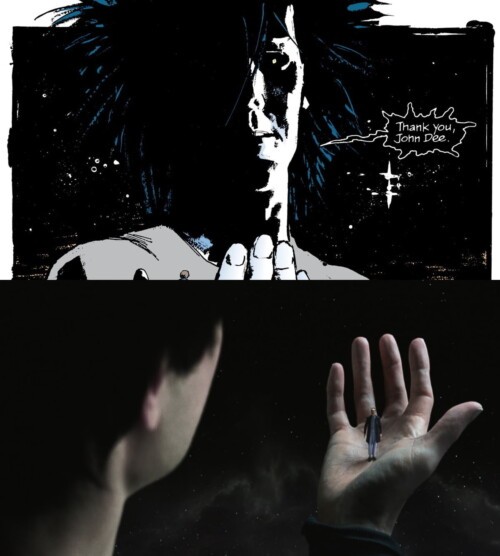
On the other hand, many love and appreciate literally line-by-line adaptations. These viewers “Sandman” will definitely please. Here you can take dozens of screenshots and put them next to the comic panels. Often not only the actions and words of the characters coincide, but also the background.
And most importantly, in the film adaptation they managed to convey the incredible beauty of the comic book. Hell, the realm of sleep and other fantastic locations are superbly designed here.
Cons: Uneven pace
Sadly, it is the line-by-line correspondence to the original that sometimes spoils the feel of the series. For example, the desire to literally convey the dialogues reduces the pace to a completely “creeping”.
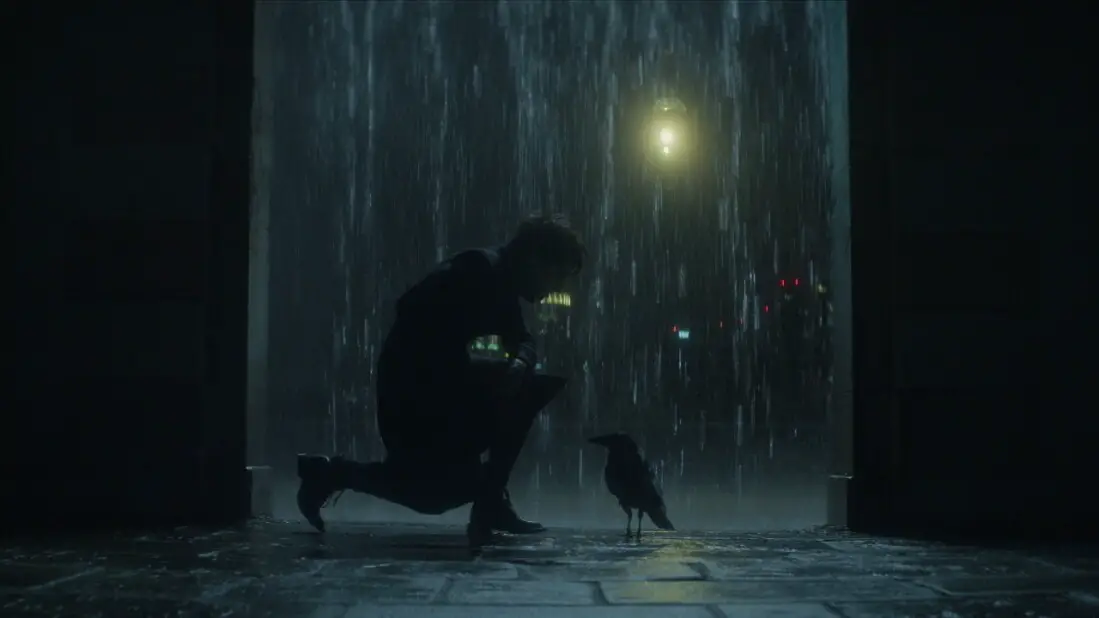
This cannot be called a 100% disadvantage. For example, I love slow-paced stories, long conversations, and the opportunity to just admire cool footage.
But I won’t be surprised if the action seems boring to many. The same Morpheus just walks and talks the whole series. Moreover, he almost does not show emotions.
And if in the original the dialogue occupies one page, then on the screen it is a two-minute static scene.
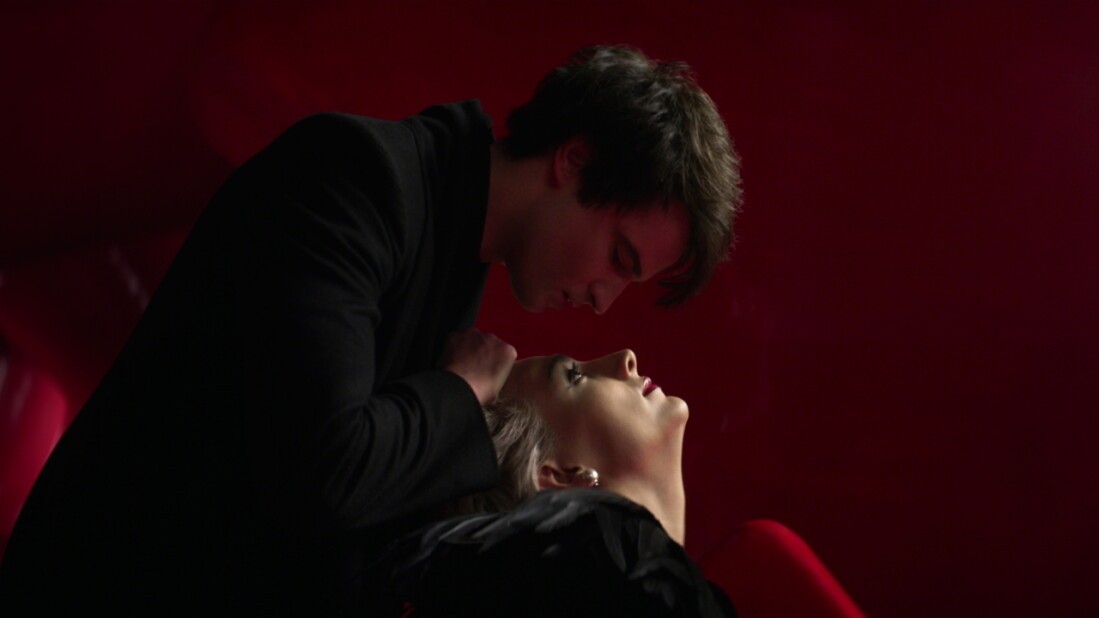
And it’s just that not all elements of the comic look interesting in dynamics. Still, drawings on paper are limited only by the artist’s imagination, with staging everything is much more complicated.
Pros: More coherent story
In the original comic, the first issues look scattered. After his release, Morpheus collects artifacts (which, by the way, are almost forgotten about later). The search for each item is a separate story.
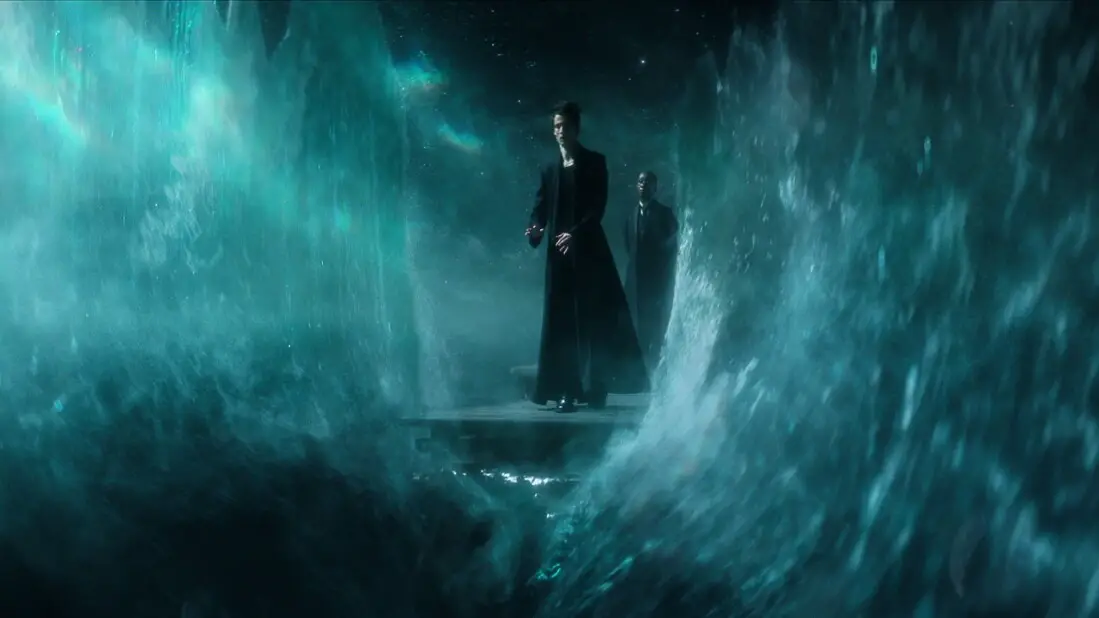
The series is partly restructured. First of all, due to the Corinthian – this villain is made more important to the plot. He not only connects the beginning and end of the season, but also explains some of the illogical points. For example, how a not very skillful magician caught Morpheus himself.
Disunity still remains. You can say this: the first and second half of the series look and are built differently. First, the viewer is shown many characters and individual plots. And by the end, four hours are allotted for one story. And even within the same episode, the action can change: in the sixth series, two short comic strips were collected on completely different topics.
However, even here, due to some minor characters, the action is connected more accurately. For example, Matthew the crow is successfully introduced – he follows different characters, and at the same time replaces the off-screen text with his conversations.
Minus: Neutral supply
This shortcoming was the most difficult for me to formulate. The fact is that in the original source there are a lot of tough and frank scenes that made The Sandman individual and memorable. It is clear that even with an “adult” rating, it would not have been possible to transfer them all to the series.
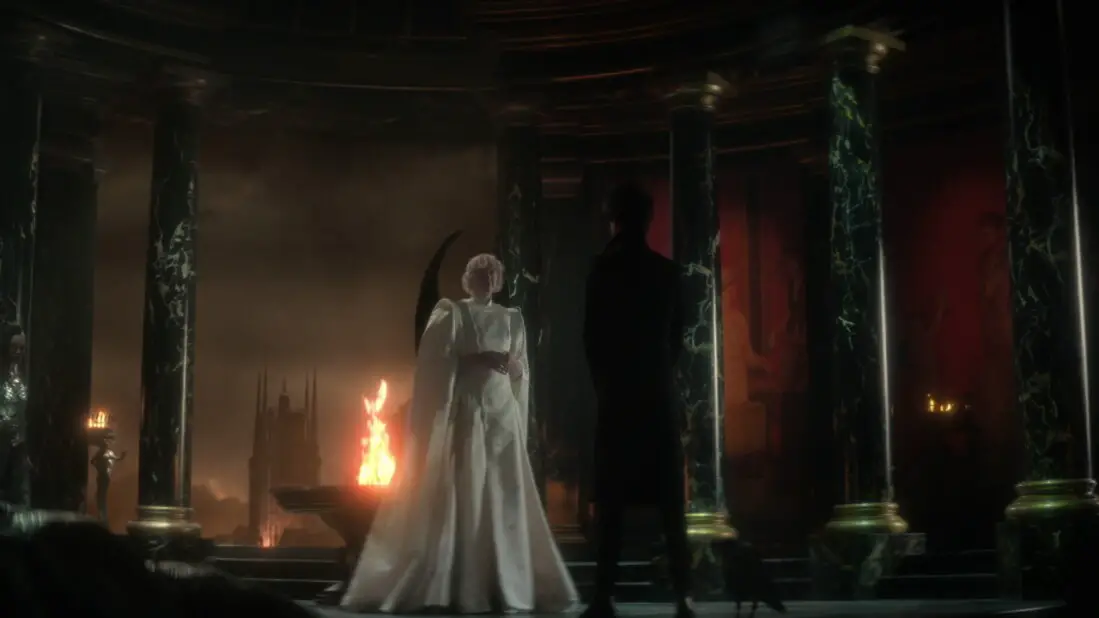
But the problem is not that the film adaptation is less bloody or depraved. The authors did not seem to have found how to replace the missing elements. This is very noticeable just according to the Corinthian. Yes, he’s still terrible. But the manifestations of his inhuman perversity were removed somewhere into the background.
Even in the excellent 24 series, where John Dee reveals the true nature of the cafe visitors (and then all the inhabitants of the Earth), everything was done much softer. As if the maximum cruelty that a person can show is to throw himself at another with a knife.
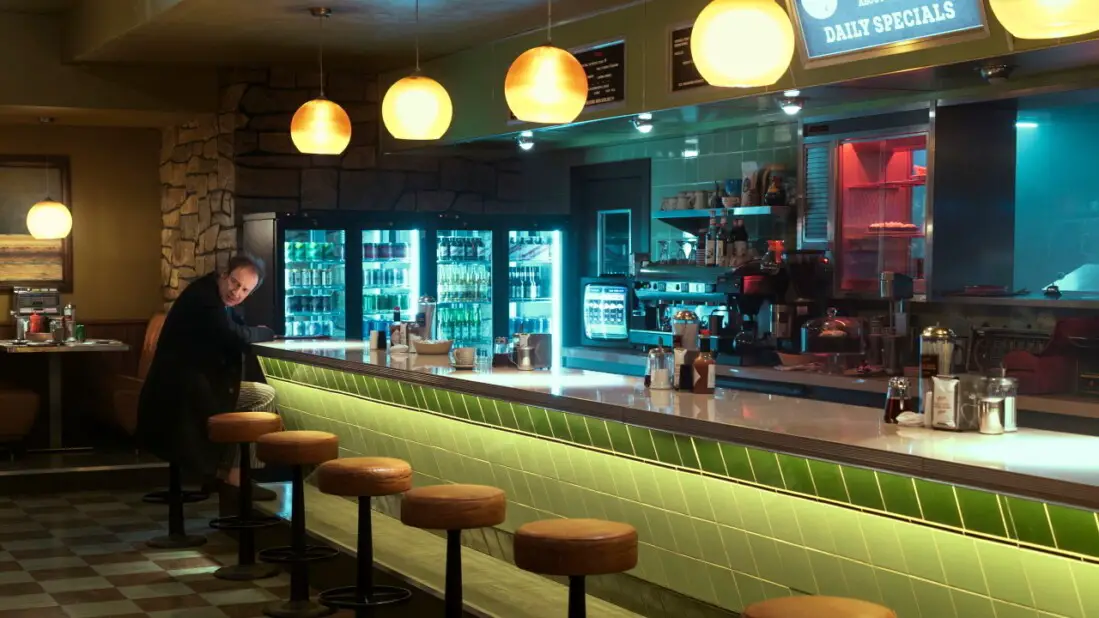
Maybe it’s the duckling syndrome. But it seems that a more even presentation only harms the plot. Some radicalism is gone. There is no feeling of a complete breakdown of the covers and frankness.
All the characters are neither bad nor good, even the villain can take care once again. And Morpheus will tell his subjects that he was wrong, and everyone will smile at each other. But whether this is for the benefit of history is a big question.
Pros: Great cast
I specifically left this point for the finale. After all, they argue about it and will argue the most. So: excellent actors were assembled in the cast of The Sandman.
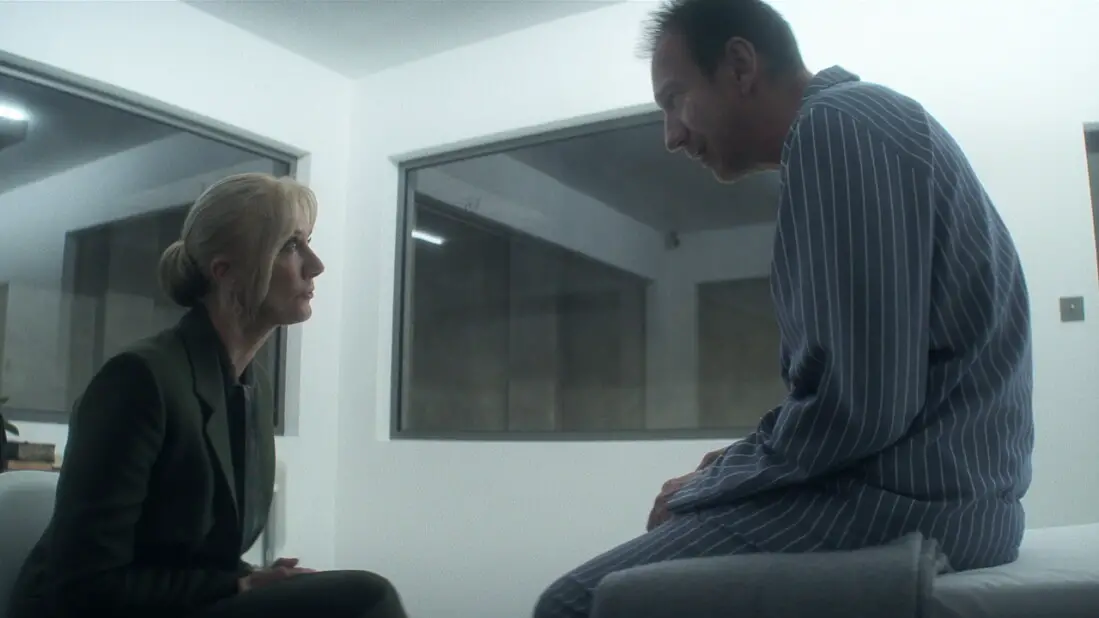
To begin with, about those who will not cause long discussions. Of course, Gaiman flattered himself by inviting Tom Sturridge to play the lead role: it’s no secret that in the original, Morpheus looks like the author himself. But Sturridge, with her cold beauty and beautiful voice without any special effects, gives the impression of an otherworldly creature.
There are amazing finds in the minor caste. David Thewlis in the image of John Dee pulls out any scene – as if a real madman was invited to the series. Stephen Fry is perfect as Gilbert: this combination of intelligence, caring and wit can only be conveyed by such a fine actor. And even the role of the Corinthian seemed to be expanded to give more time to Boyd Holbrook.
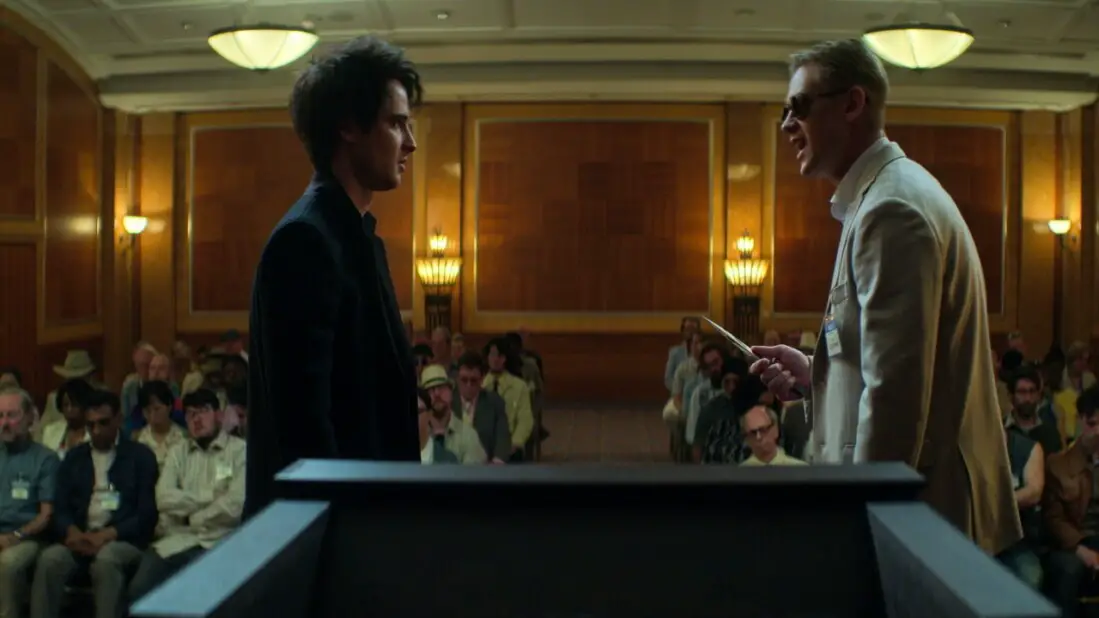
But it is clear that they talk more about others. Here, for starters, I would like to say separately about Joanna Constantine, played by Jenna Coleman. In this case, the authors were simply not allowed to use the image of John Constantine. In order not to invent a new character, they simply took Joanna, who had already flashed in the comics, and rewrote her biography.
It turned out to be a softer and more touching version of the hero. Although John’s audacity is sometimes lacking.
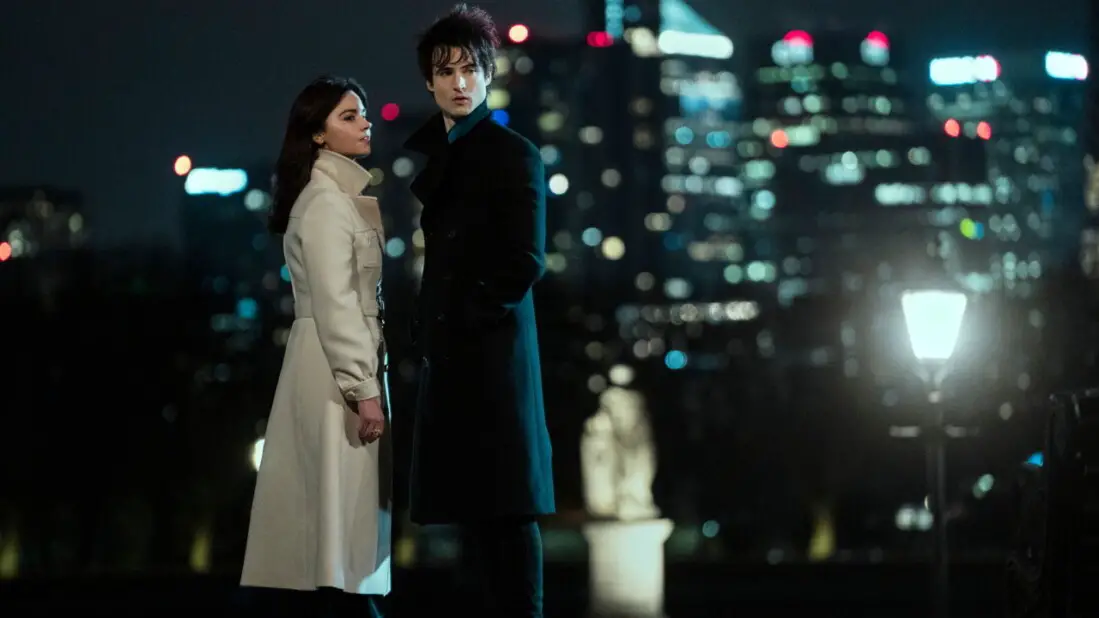
Lucifer Morningstar is also a woman now. But hardly anyone can say that Gwendolyn Christie did not cope with this role. The authors, by the way, even changed something to give her an interesting scene.
Well, you can just once again recall that Lucifer in the first volume of The Sandman looked completely different from the solo series.
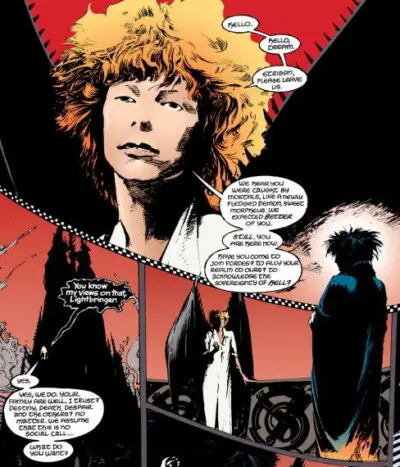
As for Kirby Howell-Baptiste as Death, which is perhaps the most controversial, this is a great find for the series. In the performance of this actress, the heroine has changed not only externally, but also in character.
Death looks softer and more charming, which creates a great contrast with her work, and with the behavior of Morpheus himself. She is literally the most likable character in the entire series.
But if you’re that much of a hater, just skip the first half of Episode 6 and relax.
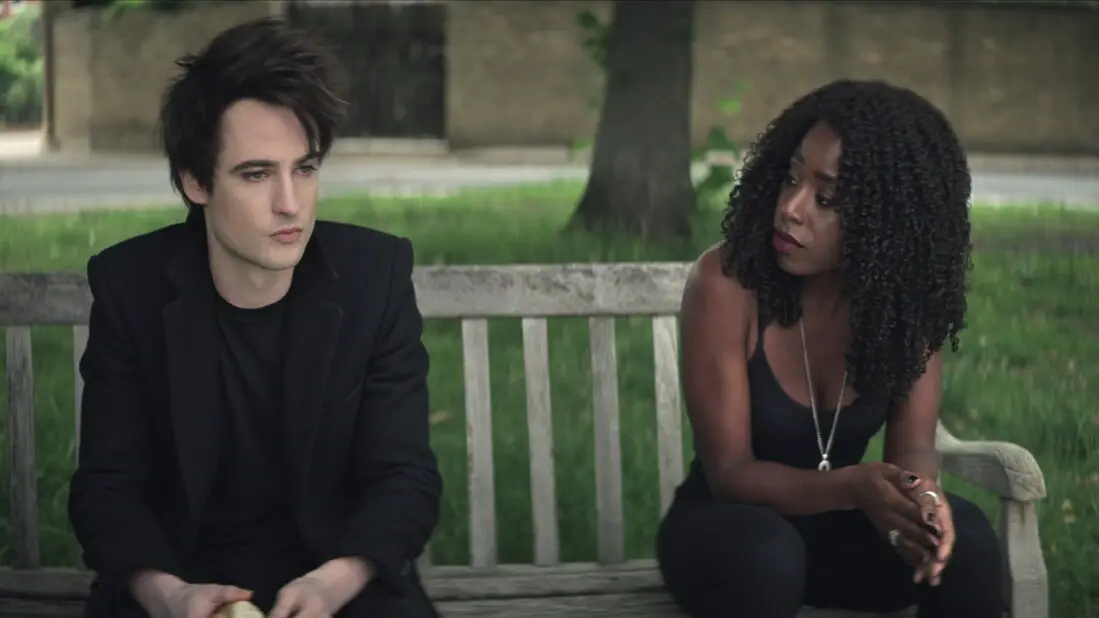
As for skin color, let’s not forget three things. Firstly, we are talking about fantastic creatures that everyone sees in their own way (pay attention to the girl who once fell in love with Morpheus). Second, The Sandman has always been about diversity. And thirdly, the author himself is responsible for the adaptation, so what is happening on the screen is precisely his vision of history.
As a result, The Sandman leaves a mostly pleasant impression. You just need to prepare in advance for an almost meditative unhurried action, which rests more on the atmosphere than on the dynamics.
Yes, the series is not perfect. But for such a complex original, this is still a clear success.
Personally, I was strained by an unnecessary reason to show off tolerance, in my opinion, not a single series missed the opportunity to show non-traditional relationships, I don’t understand one character, the second one, but that almost everyone was some kind of gay or lesbian, or even bi. You can call it a homophobe, no matter what, but this agenda really strained me, just in a cafe where seemingly ordinary people turned out to be almost all gay (to be honest, I almost neighed out loud at this moment, well, really in some then the farce of the whole story failed). Well, they really went overboard. And yes, there is a joke in the fact that passion (or lust xs) is played by a transsexual. But here every character except the hero is unconventional. Once again you remember why you don’t want to watch the fantasy of our time (besides a beautiful picture, you will be piled up with completely unimportant elements for this genre, which are very important to today’s entertainment world). If you haven’t read the comic. And yes, I personally don’t understand the fun of making a woman out of John Constantine (although I saw excuses that this is supposedly a relative), the habits are the same, I even thought that it was some kind of demon joking and the real Constantine suddenly appears and knocks him out.

